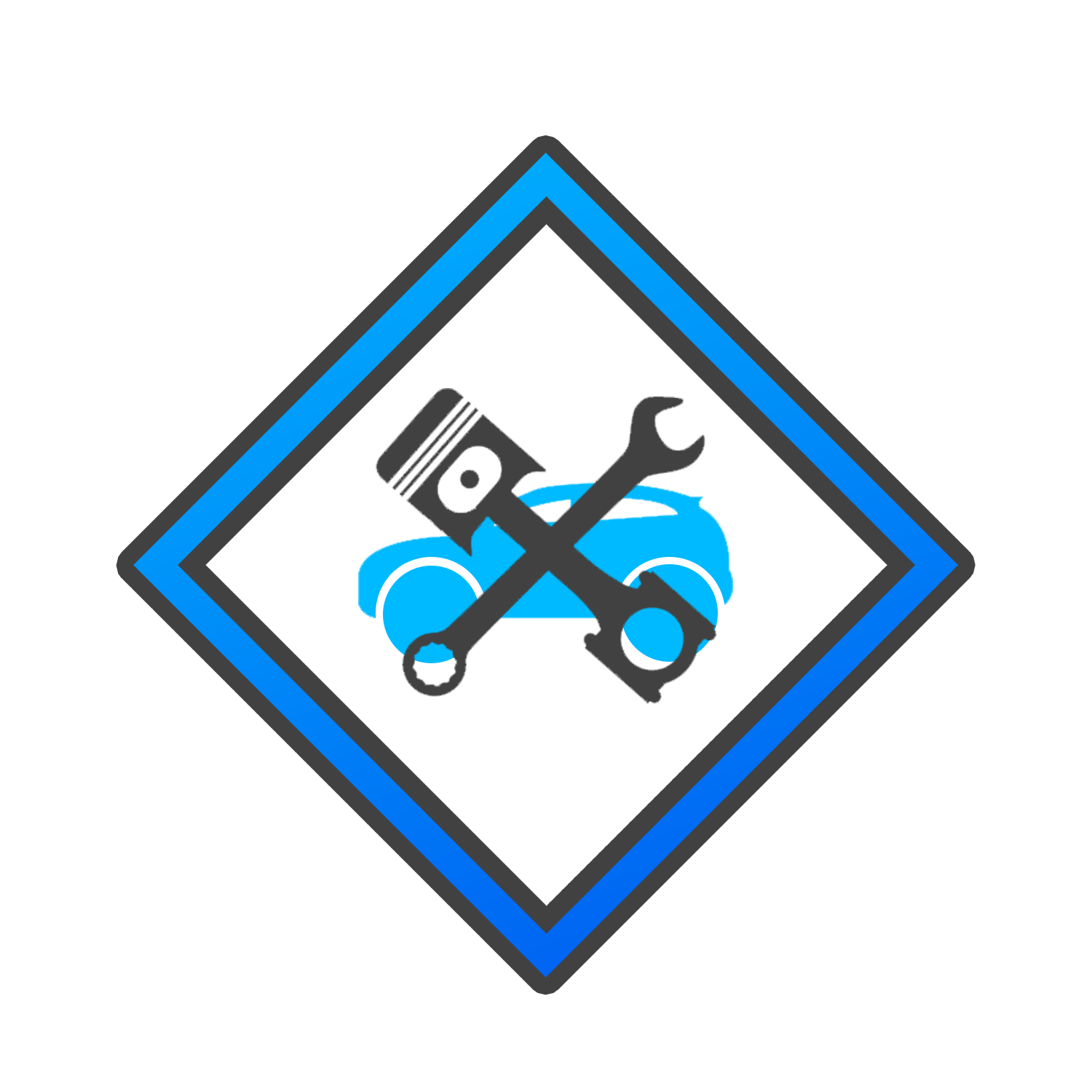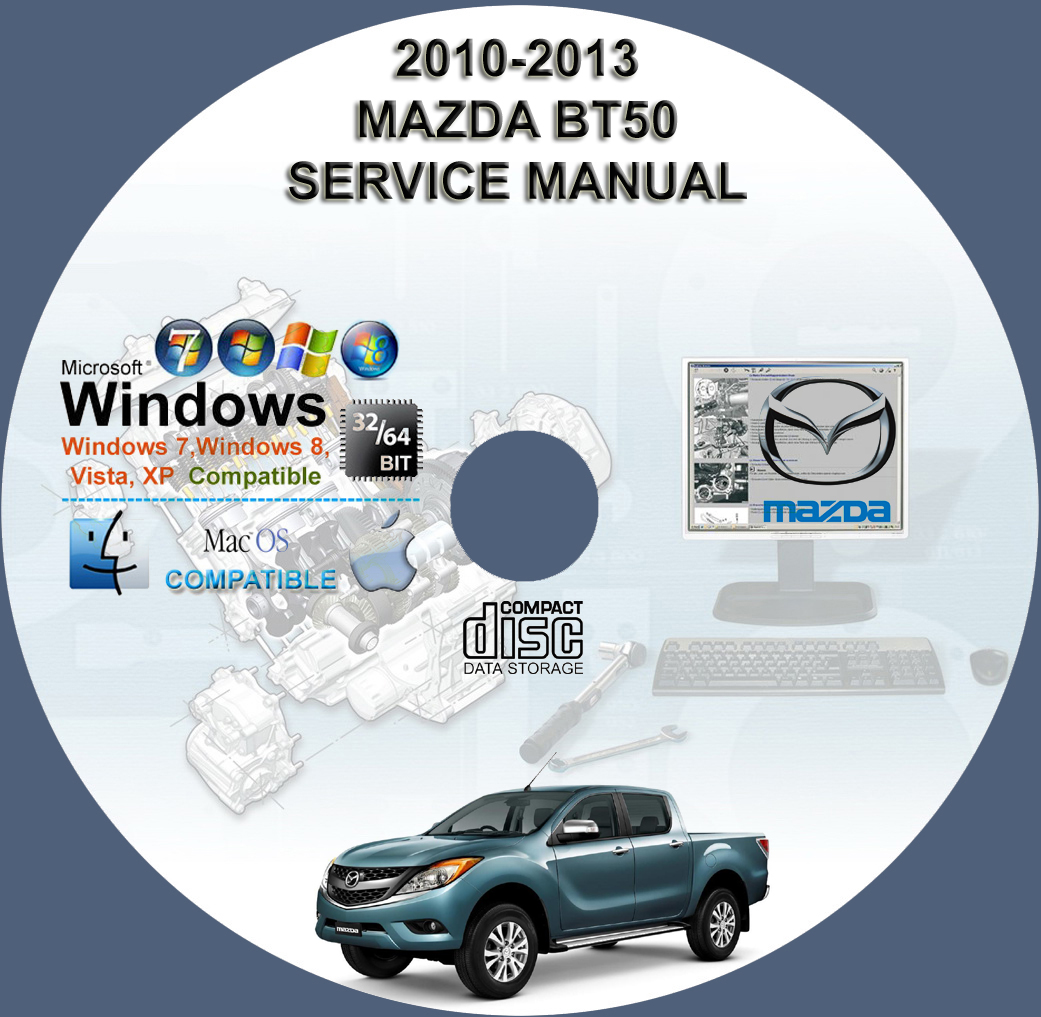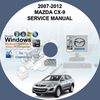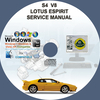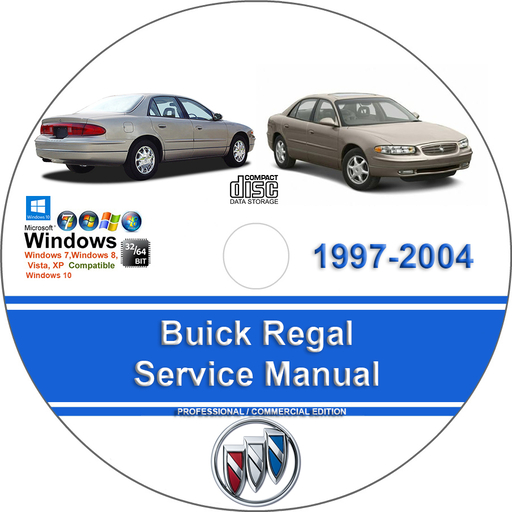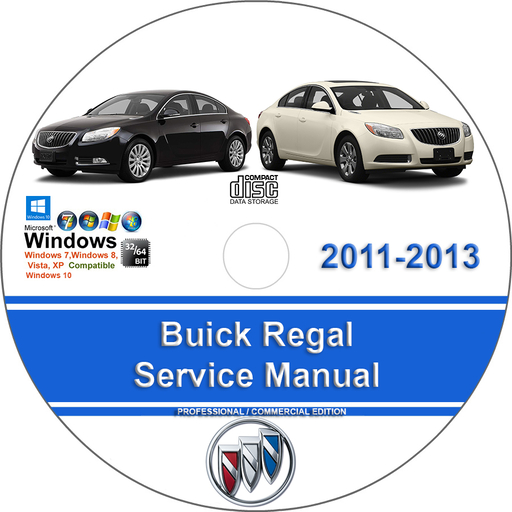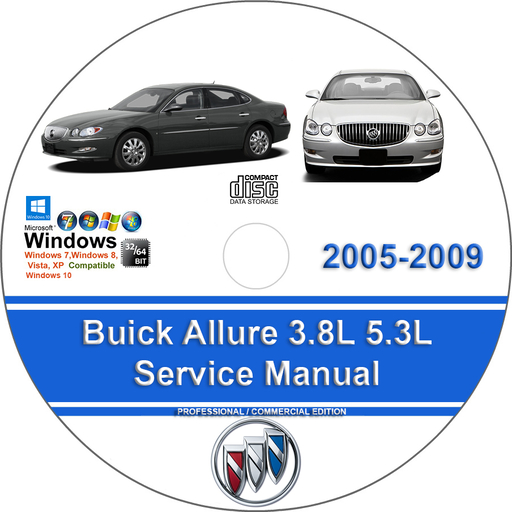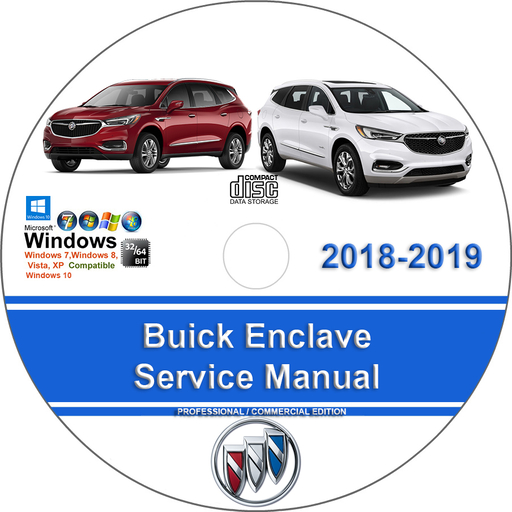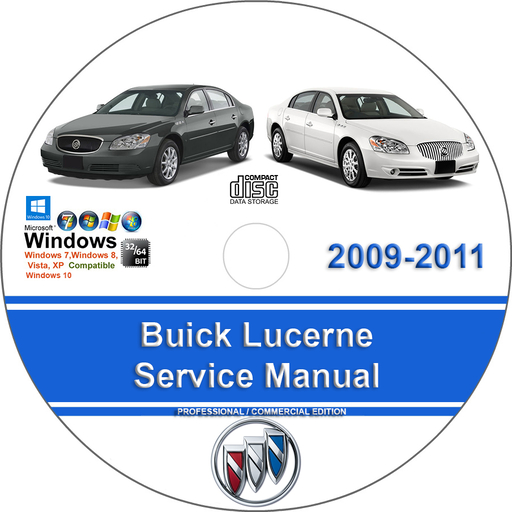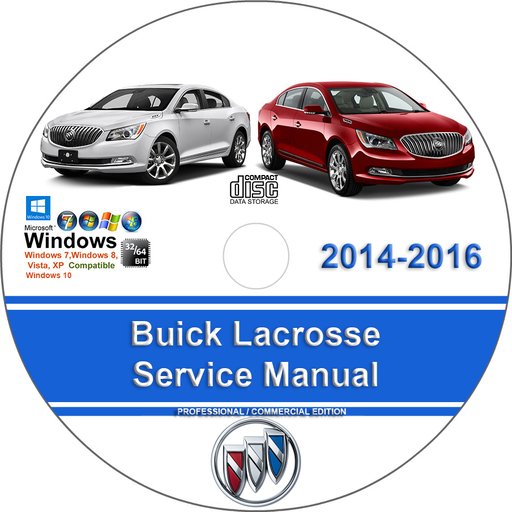Mazda BT50 2010 2011 2012 2013 Factory Service Workshop Repair Manual + Wirings
$39.00 – $48.00Price range: $39.00 through $48.00
Mazda BT50 2010 2011 2012 2013 Factory Service Workshop Repair Manual + Wirings
You can download this or I can ship it to you.
Loaded with Hi Resolution illustrations, instructions, photos, and diagrams, complete to service and repair your MAZDA.
Mazda BT50 2010 2011 2012 2013 Factory Service Workshop Repair Manual + Wirings
Loaded with illustrations, instructions, photos, and diagrams, complete to service and repair your MAZDA.
This manual contains factory service & repair procedure for the Mazda BT50 / Ford Ranger 2010 2011 2012 2013. All models with all engines included, service, diagnose & repair your own car, With step by step instructions with highly detailed exploded pictures & diagrams to show you how to complete the required job correctly the first time. All repair procedures are covered. It is the same type of manual that your local Dealer / Mechanic would use.
CD COVER:
- Engine: 2.5L (petrol) 2.2L & 3.2L (Diesel)
- Transmission: Automatic & Manual transmissions
MANUAL COVERS:
- Electrical Wiring Diagrams
- Automatic Transmission Unit Repair
- Air Conditioning
- Automatic Transaxle
- Body
- Body Electrical
- Brake
- Charging
- Clutch
- Collision Body Repair Manual
- Cooling
- EFI
- Emission Control
- Engine Mechanical
- Engines
- Exhaust
- Front Axle and Suspension
- Ignition
- Lubrication
- Maintenance
- Manual Transmission
- Propeller Shaft
- Rear Axle and Suspension
- Service Specifications
- SST and SSM
- Standard Bolt Torque Specs
- Starting
- Steering
- Transfer
This manual is the same as the manual used by workshops. Service Manual contains detailed instructions and step by step diagrams for all workshop procedures.
Language: English
Format: PDF – Indexed and Searchable
COMPATIBLE WITH ALL WINDOWS & MAC COMPUTERS
(WINDOWS 11, WINDOWS 10, WINDOWS 8 ETC.)
Windows/Mac/Tablet/Phone Friendly
- Engine: 3.0L 4-cylinder diesel.
- Transmission: Manual or automatic transmissions were offered.
- Drivetrain: 4×2 or 4×4.
- EGR issues: The Exhaust Gas Recirculation (EGR) valve and system are prone to clogging with carbon buildup, which can cause poor engine performance or activate “limp mode” and limit RPM.
- Engine starting problems: Owners sometimes experience starting difficulties and white smoke from the exhaust, which can be caused by faulty glow plugs or a clogged fuel filter.
- Injector issues:
Problems with the fuel injectors can lead to black smoke and cylinder misfires.
- Manual transmission: Some models were noted for premature failure of internal components or issues with gear selection.
- Suspension wear: Some components, such as shock absorber bushings and stabilizer struts, tend to wear prematurely.
- Engines: 2.2L 4-cylinder or 3.2L 5-cylinder diesel engines (Duratorq).
- Transmission: 6-speed manual or automatic.
- Towing capacity: The 3.2L engine gave the BT-50 a towing capacity of up to 3500 kg
.
- Engine issues (3.2L Duratorq): This engine is known for potentially serious and expensive failures.
- Oil pump failure: Failure of the oil pump can cause engine knocking and lead to catastrophic engine damage.
- Blown head gasket:
Failures of the EGR cooler, radiator, or cooling system can cause blown head gaskets.
- Turbocharger and intercooler: Both the 2.2L and 3.2L diesel engines can experience turbo failures and cracks or leaks in the intercooler.
- Automatic transmission (6-speed): Issues with harsh or delayed shifting, especially when towing, are common. A known output speed sensor failure could cause an unintended downshift into first gear, leading to a loss of vehicle control
. A Technical Service Bulletin (TSB) was issued for a buzzing noise when shifting out of Park.
- Electrical issues: Problems with electrical components are common and can affect everything from the powertrain to the 4WD system.
- Overheating: The cooling system is known to be a weak point and is prone to overheating, especially when towing.
- First vs. second generation: If you are prioritizing mechanical simplicity, the 2010–2011 models are more straightforward, but still have several known issues. If you want more power, features, and a modern design, the 2012–2013 models are an option, but come with a higher risk of potentially costly engine and transmission problems.
- Service history is crucial: For both generations, a complete and verifiable service history is a non-negotiable requirement.
- Pre-purchase inspection: A thorough pre-purchase inspection by a qualified mechanic is highly recommended. For second-generation models, specifically ask the mechanic to check for signs of oil pump or cooling system issues.
| Medium | USB Flash Drive, DVD, Download |
|---|
